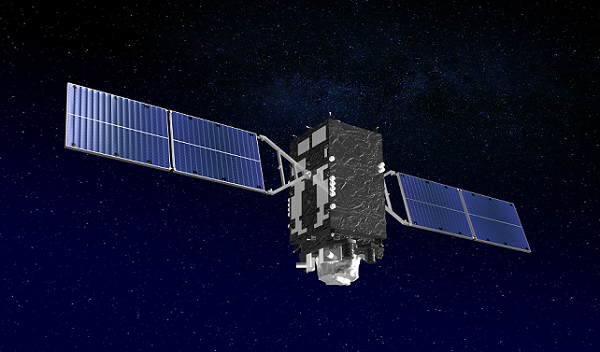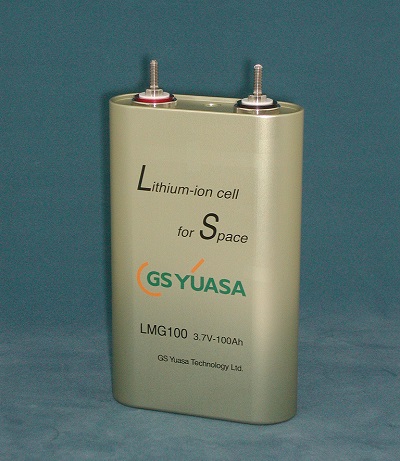GS Yuasa Corporation (Tokyo Stock Exchange: 6674; “GS Yuasa”) announced that the space use lithium-ion batteries manufactured by group company GS Yuasa Technology Ltd. (“GYT”) have been installed in the qausi-zenith satellite system MICHIBIKI No. 2*1 made by Mitsubishi Electric Corporation (Tokyo Stock Exchange: 6503; “Mitsubishi Electric”) and launched on June 1, 2017 from the Tanegashima Space Center by Japan Aerospace Exploration Agency (“JAXA”).
Ever since GYT’s space use lithium-ion batteries were tested successfully in orbit in early 2000, the batteries have been installed in more than 130 domestic and overseas spacecraft. Recognized for this track record, the batteries were adopted for MICHIBIKI No. 1, the first qausi-zenith satellite system and currently in operation, followed by MICHIBIKI No. 2 as well as MICHIBIKI No. 3 and No. 4. MICHIBIKI will be operating as a four-satellite system*2 from FY2018 and the three satellites - No. 2 to No. 4 – are scheduled to be launched this year.
This quasi-zenith satellite system will work jointly with GPS satellite of the U.S. to provide highly precise and stable satellite positioning service*3 even in mountainous regions and urban high-rise areas. The system is expected to be utilized in wide-ranging applications including the self-driving system for vehicles, expected to be commercialized in the future, and surveying as well as detection of earthquakes and volcanoes.
GYT develops, manufactures and distributes batteries and power sources for special applications and has been supplying high-performance, high-quality batteries for special environments of sea, land and air (from depths of 6,500 meters below the ocean surface to 36,000 kilometers high in space).
The GS Yuasa Group will continue to contribute to the development of highly precise positioning service, which is a new social infrastructure indispensable for Japan’s economic activities, through the development and manufacturing of high-performance lithium-ion batteries going forward.
*1 The second satellite in the four-satellite constellation of qausi-zenith satellite system (QZSS). QZSS is Japan’s satellite positioning system that employs multiple satellites so that at least one satellite is always visible around the zenith near Japan.
(Source: the Fiscal Year 2017 Rocket Launch Schedule on the JAXA website)
*2 The satellite deployment plan finalized in September 2011 following the launch of MICHIBKIKI in September 2010. Additional three satellites (two satellites in quasi-zenith orbits and one in geostationary orbit) will be launched in fiscal year 2017 and the offering of services with four satellites will start in fiscal year 2018. (description based on the Quasi-Zenith Satellite System MICHIBIKI pamphlet)
*3 A service which enables highly precise positioning when used together with GPS by sending signals of the same frequency and same timings as GPS from MICHIBIKI. (description based on the Quasi-Zenith Satellite System website)
Specifications of the lithium-ion batteries installed in MICHIBIKI No. 2
| Component code | LMG100 |
|---|---|
| Nominal voltage (V) | 3.7 |
| Capacity (Ah) | 100 |
| Dimensions (mm) *4 | W165×D50×H216 |
| Mass (g) | 2,800 |
■1. MICHIBIKI No. 2

(Source: the Quasi-Zenith Satellite System website)
■2. Lithium-ion battery JMG100 installed in MICHIBIKI No. 2 (product certified by Mitsubishi Electric)






